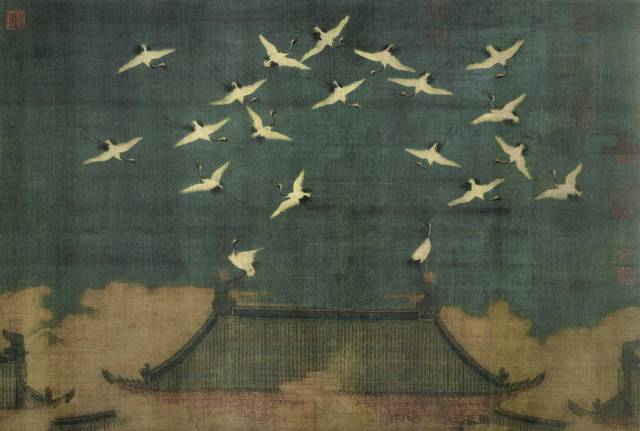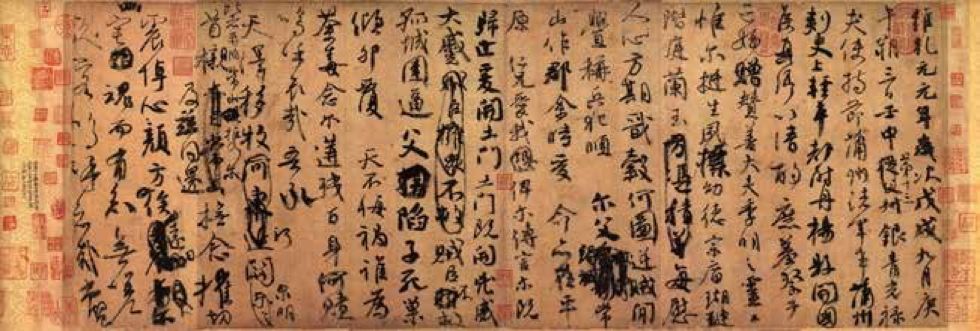

The font of the Song version of the book

The Song Dynasty was the most civilized dynasty in Chinese history. Although Song Taizu used force to rule the world, he was by no means an ordinary martial artist. He was well aware of the importance of force, so he drew on the experience of previous dynasties and adhered to the pragmatic governance policy of "ruling the country with culture."
During the more than 300 years of the Song Dynasty, although the Song Dynasty was vulnerable in military operations, its outstanding achievements in material and spiritual civilization enabled it to achieve an ideal state of long-term stability.

Song Dynasty aesthetics can be said to be a model of minimalism that leads the world for a thousand years.
The Song people continued, broke through and innovated on the aesthetic basis of the Tang Dynasty and the Five Dynasties, and finally formed an aesthetic appearance that was elegant, light, simple and simple. When this kind of aesthetics is projected onto the Song Dynasty books, it integrates most of the Song people's aesthetics in literature, calligraphy, painting, engraving, etc., showing unique characteristics.
The value of Song-printed books in the book world is regarded as more valuable than gold. The reason is that Song-printed books embody the aesthetics of Song people. We can get a glimpse of the living conditions of the Song people and even their aesthetic pursuits from the Song editions.

△Part of "Ni Kuan Zan" by Chu Suiliang (Collected by the National Palace Museum, Taipei)

△"Manuscript of Memorial to Nephew" Yan Zhenqing's running script

△ "Zhang Han Tie" Ouyang Xun
Articles are uploaded by users and are for non-commercial browsing only. Posted by: Lomu, please indicate the source: https://www.daogebangong.com/en/articles/detail/song-ban-shu-zi-ti-de-yi-shu-yu-jiang-jiu.html
 支付宝扫一扫
支付宝扫一扫


评论列表(196条)
测试